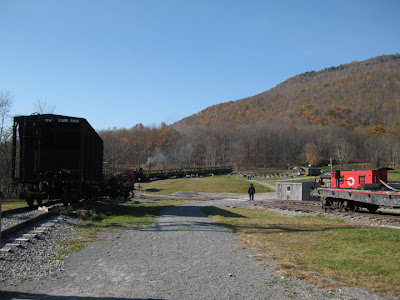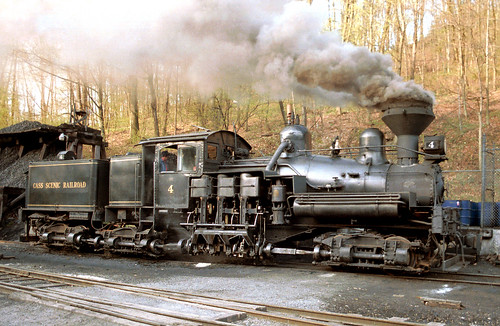kwalker
Well-Known Member
Was it like a staging yard in there? Or was it just a strip of track they decided to mothball trains on? It's quite strange that they'd pick a swamp to park trains on knowing that the tracks would sink under all that weight. But I guess even swamps in Minnesota get as hard as concrete during your guys' ice box winters [ ]
]


